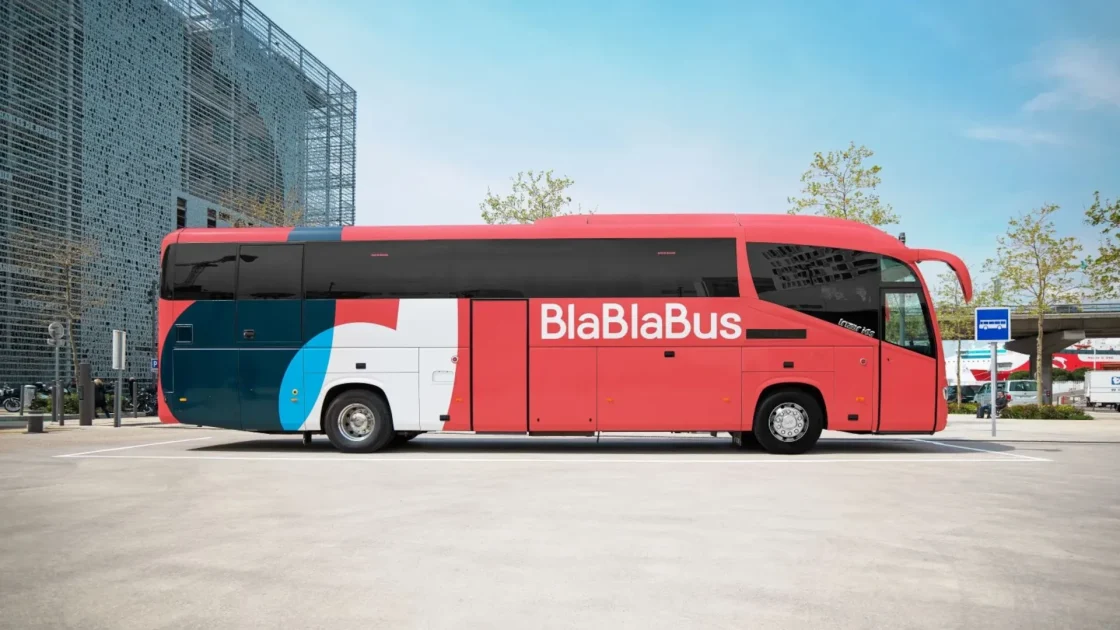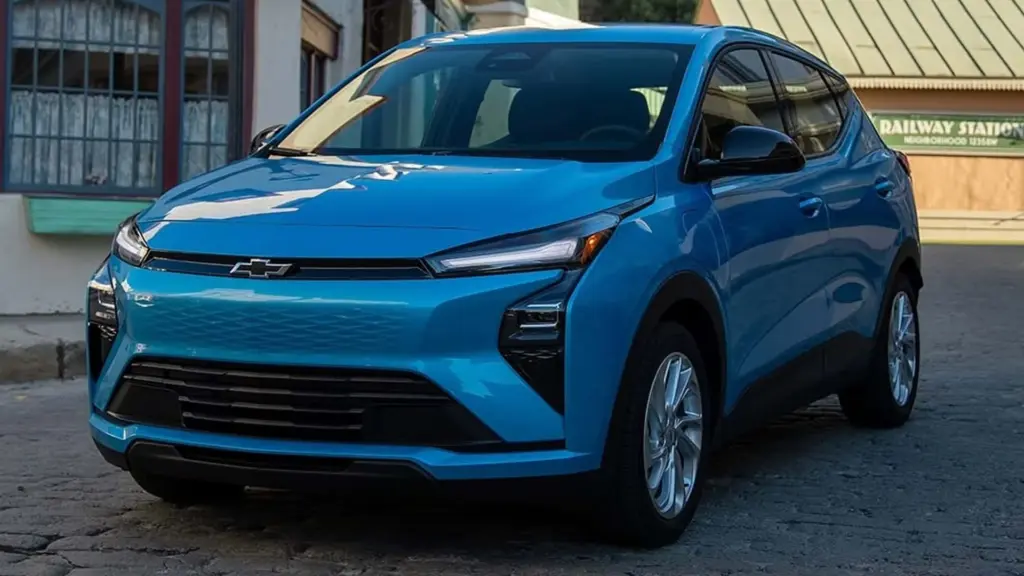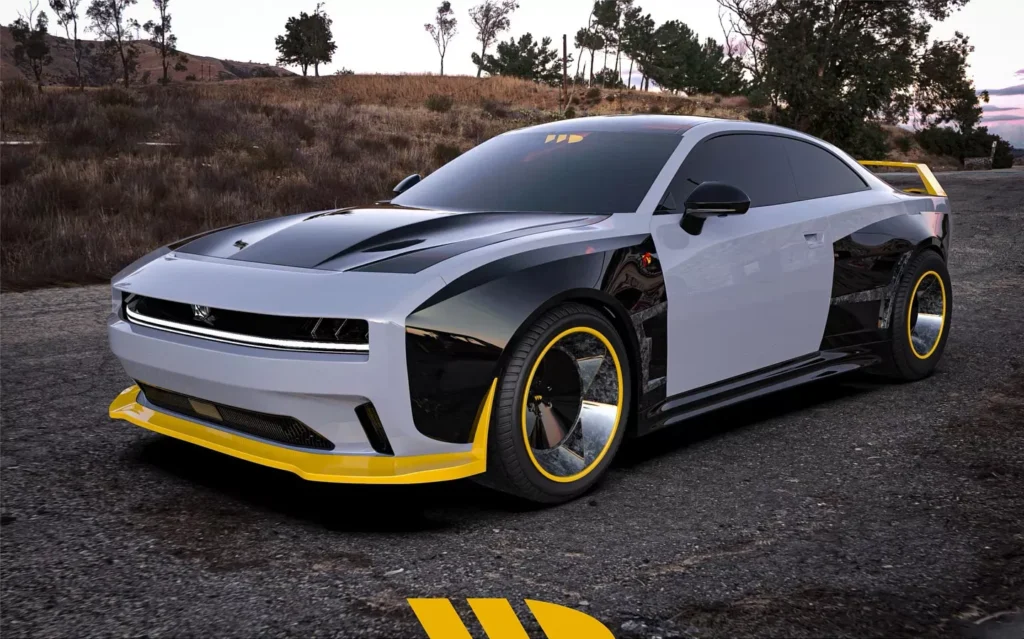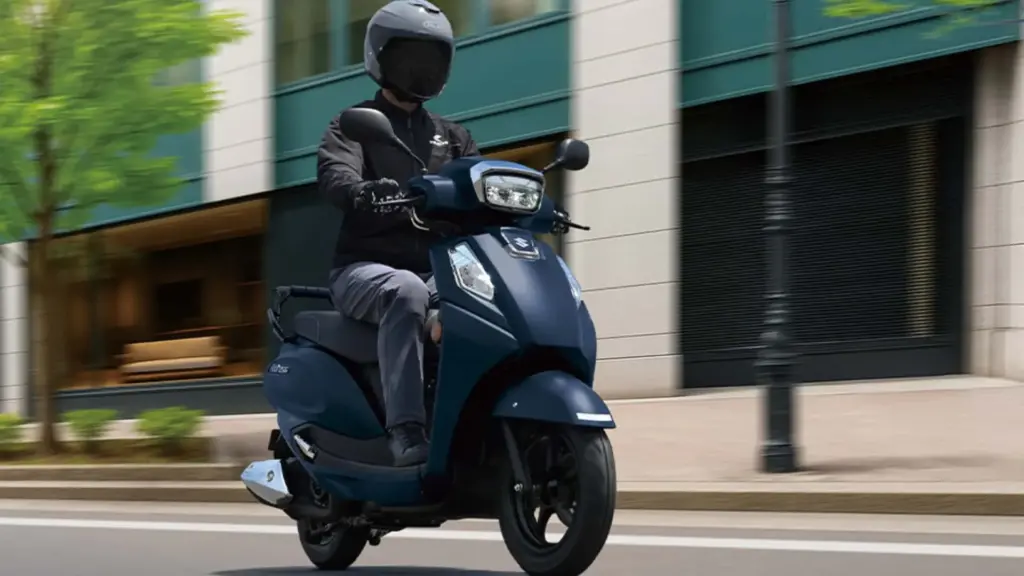BlaBlaCar emerged as an innovative platform to connect drivers and passengers who wish to share travel costs. However, in several countries, the practice of some drivers is transforming the service into a legalized “ride-sharing” system, offering an alternative to public transportation and adapting to local needs. This article analyzes this trend and presents practical examples.
Drivers Transform BlaBlaCar into Legalized “Ride-Sharing”
In the current scenario, it is notable how many drivers are using BlaBlaCar to create a transportation system that resembles traditional “ride-sharing” services. This phenomenon, observed in several countries, includes drivers who make frequent and regular trips, offering rides to multiple passengers along the route.
These drivers, instead of simply sharing the costs of an occasional trip, turn their routines into a means of livelihood. By doing so, they can offer competitive prices, attracting passengers who seek more economical and practical alternatives to traditional public transportation.
Moreover, the implicit legalization of this practice by BlaBlaCar provides an additional layer of safety and reliability for both drivers and passengers. The platform allows for mutual evaluations and identity verification, helping to build a community based on trust.
Using BlaBlaCar as an Alternative to Public Transportation
The use of BlaBlaCar as an alternative to public transportation has proven to be an effective solution in many regions. In areas where public transportation is scarce or inefficient, BlaBlaCar drivers fill this gap, offering a viable and accessible option for passengers.
Passengers benefit from the flexibility and convenience provided by BlaBlaCar. Unlike the rigid schedules of public transportation, shared rides can be scheduled according to users’ needs, offering a personalized and more comfortable experience.
Additionally, the cost savings generated by sharing fuel and vehicle maintenance expenses make BlaBlaCar a financially attractive alternative. In many cases, the cost of a shared ride is significantly lower than that of a bus or train ticket, making it a preferred option for many.
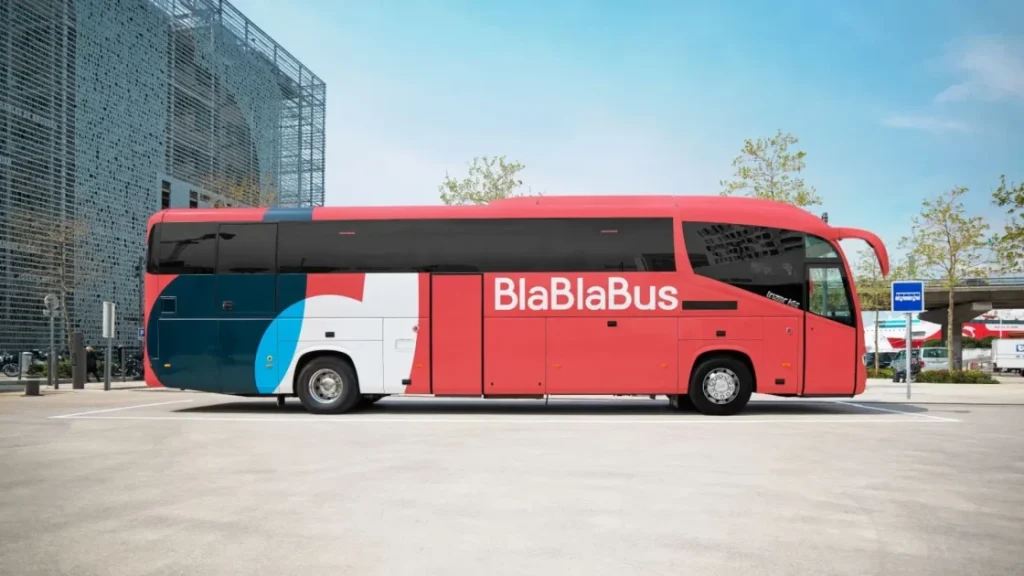
Blablacar’s Blablabus
Example of Drivers Using BlaBlaCar in France
In France, BlaBlaCar is widely used as an alternative to public transportation. Many French drivers take advantage of the platform to offer regular rides, especially in rural areas where public transportation is limited.
A notable example is the case of drivers who make daily trips between small towns and large urban centers. These drivers manage to cover their travel costs and, in some cases, even profit by offering available seats to passengers who make the same route.
Furthermore, positive feedback from passengers reinforces trust in the platform. Many French users praise the punctuality, safety, and convenience of shared rides through BlaBlaCar, highlighting the quality of the service compared to traditional public transportation.
BlaBlaCar in Brazil: Expanding Shared Transportation
In Brazil, BlaBlaCar has gained popularity as an alternative to public transportation. The expansion of the service in the country reflects the growing demand for more flexible and economical transportation options.
Brazilian drivers are adopting BlaBlaCar to offer rides on popular routes, such as between major cities and metropolitan regions. This practice not only helps reduce travel costs but also promotes sustainability by decreasing the number of vehicles on the roads and, consequently, pollutant emissions.
The BlaBlaCar user community in Brazil is constantly growing, with more and more passengers opting for this form of shared transportation. The platform offers a practical solution to the challenges of public transportation in the country, providing a more efficient and pleasant travel experience.
The use of BlaBlaCar as a legalized “ride-sharing” demonstrates the adaptability and innovation of drivers and passengers in search of more efficient and economical transportation solutions. With successful examples in France and continuous expansion in Brazil, the platform consolidates itself as a viable alternative to traditional public transportation, meeting mobility needs in a practical and sustainable way.
Author: Fabio Isidoro
Founder and editor-in-chief of Canal Carro, he dedicates himself to exploring the automotive universe with depth and passion. A car and technology enthusiast, he produces technical content and in-depth analyses of national and international vehicles, combining quality information with a critical eye for the public.

